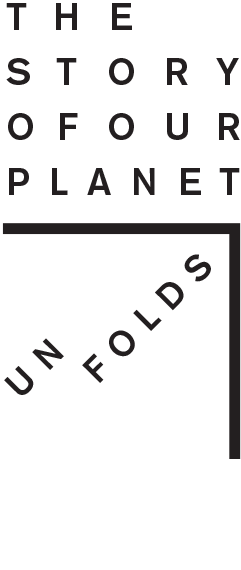GAS FIELDS IN MOOMBA, SOUTH AUSTRALIA.
The Moomba gas fields are located in the Cooper and Eromanga Basins. Cooper Basin gas contains an unusually high level of carbon dioxide. This is stripped before the gas is used, and vented into the atmosphere, adding significantly to the gas’s overall carbon footprint.
COAL-FIRED POWER STATION, AUSTRALIA.
Australia’s coal-intensive economy means our per capita emissions are among the highest in the developed world. Recently, however, Australia’s electricity emissions have been falling. Around 14 per cent of our power now comes from renewable sources.
MCKITTRICK OIL FIELD IN KERN COUNTY, CALIFORNIA.
Last year some $674 billion was spent to find and develop new fossil fuels like oil, coal and gas. According to analysts at Carbon Tracker, much of this is unburnable if we are to have a good chance of avoiding global warming of 2°C or more.
A COAL TRAIN NEAR CESSNOCK, NEW SOUTH WALES.
Australia represents 11 per cent of the global coal market. Existing Australian coal reserves contain 51 gigatonnes of carbon pollution, or 25% of the global coal ‘budget’ if we are to stay within the internationally agreed 2°C guardrail.
SHIPS PLY THE WATERS OF THE YANGTZE RIVER, CHINA.
Ships ply the muddied waters of the Yangtze River delta, attesting to the loss of topsoil upriver. Greater China accounts for 30 per cent of the global volume of containerized exports. Shipping produces 1 billion tonnes of greenhouse gases annually or around 3% of the world’s total emissions.
A MAN BAILS PLASTIC IN HUBEI PROVINCE, CHINA.
A man works bailing discarded plastic in Hubei Province, Central China. Nearly every piece of plastic that has ever been made, still exists today.
A MASSIVE CATTLE FEEDLOT IN KANSAS, UNITED STATES.
About 25 percent of the Earth's land area is dedicated to livestock grazing, and a third of all arable land is used to grow feed crops for livestock. Cattle raised for beef are a significant source of Methane, a potent greenhouse gas 21 times more powerful than carbon dioxide.
OLD GROWTH FOREST IN TASMANIA, AUSTRALIA.
Old growth deforestation in the Upper Florentine, 70 KM from Hobart. Deforestation releases around 1.5 billion tonnes of carbon dioxide into the air each year. Curbing deforestation and restoring forests are a key means of avoiding dangerous climate change.
SOLAR THERMAL POWER PLANT IN THE MOJAVE DESERT, CALIFORNIA.
At 354MW, the Solar Energy Generating System is one of the largest solar thermal energy generating facilities in the world. The United States added more solar thermal capacity last year than any other country.
A SOLAR FARM IN GANSU PROVINCE, CHINA.
A solar farm under construction in the remote Gansu province. China is set to build a 50MW solar farm in the Gansu province. It will be five times the size of the largest project in Australia.
HOOVER DAM, UNITED STATES.
One of the largest artificial structures on the planet, the Hoover Dam supplies a significant part of the western United States with electricity. While the energy is renewable, it is not without its costs: the dam has diverted the Colorado River, regulated its flow for agricultural use, and caused significant ecological damage.
WIND TURBINE BLADES TRAVEL BY TRAIN NEAR BARSTOW, CALIFORNIA.
Wind now provides enough power for 15 million American homes, and the industry has grown to employ 50,000 people.
By supporting this project you’re enabling the exhibition to be shared with new audiences and helping to grow the story over time. By seeding new photographic research work, targeting other potent climate change stories, the exhibition can tell the fullest story of the climate challenge possible and itself continue to unfold.
WIND TURBINES IN THE COACHELLA VALLEY,SOUTHERN CALIFORNIA.
Renewables are supplying a rapidly growing share of California’s electricity, achieving a 22 per cent share in 2012 and putting the state on track to meet its 2020 target of 33 per cent.













